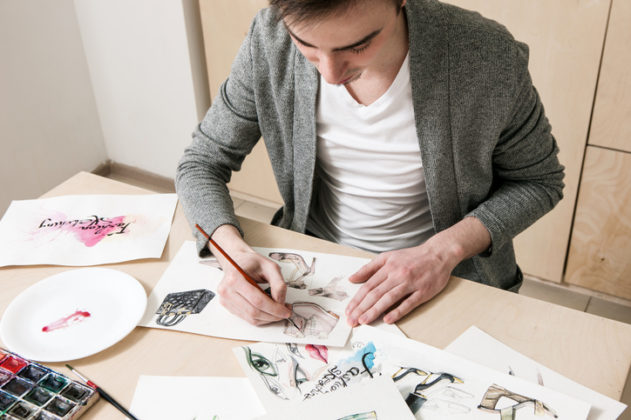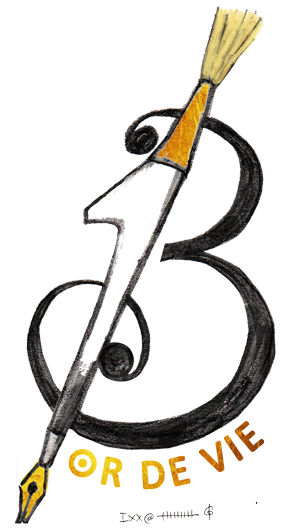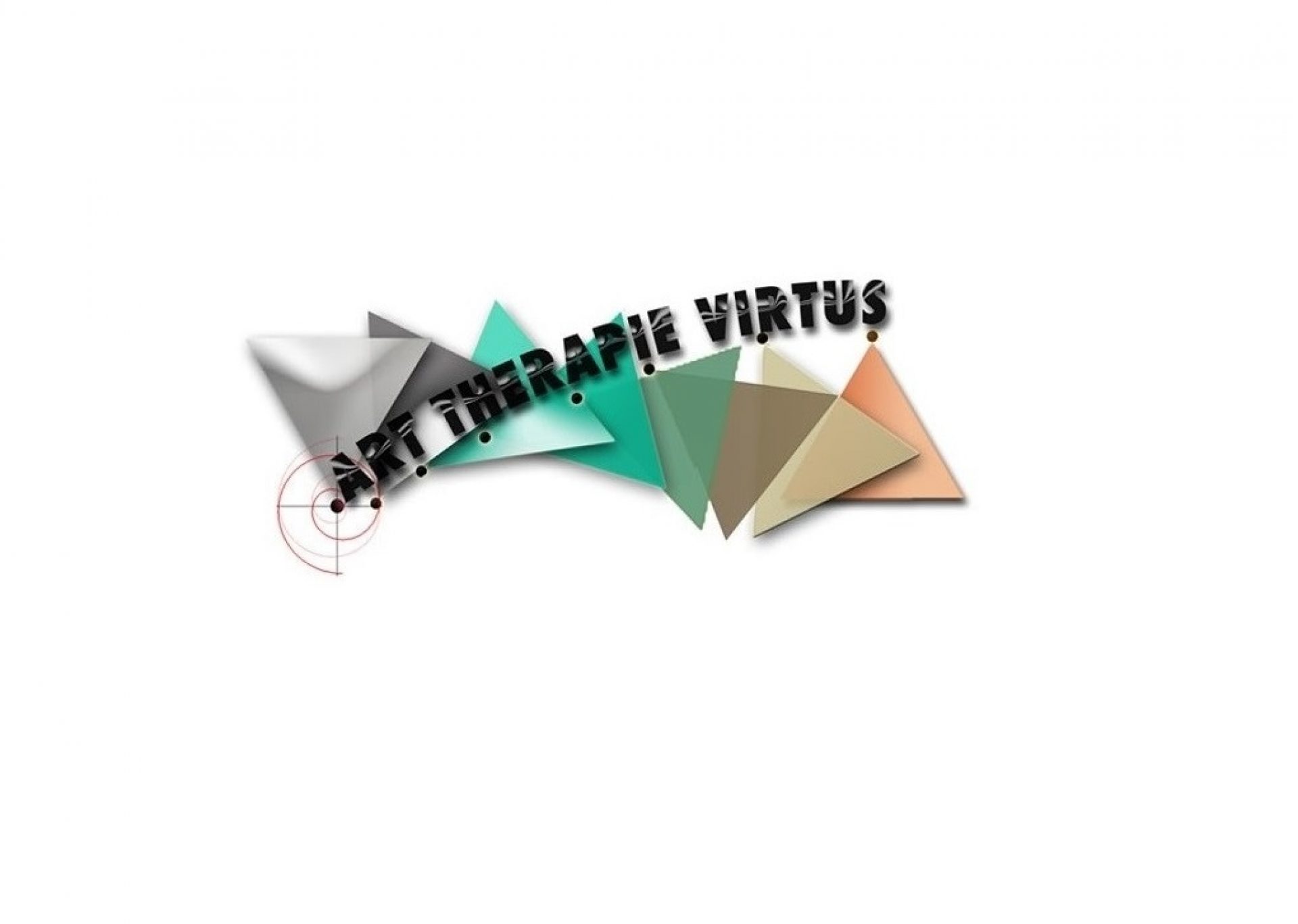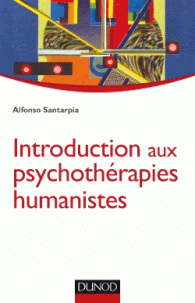
By Chelsea Cristene
October 13, 2017
“The artistic process gives you a pause to start thinking about how you should be living your life now.”
Septimus Warren Smith, aged about thirty, pale-faced, beak-nosed, wearing brown shoes and a shabby overcoat, with hazel eyes which had that look of apprehension in them which makes complete strangers apprehensive too. The world has raised its whip; where will it descend?
Virginia Woolf’s Mrs. Dalloway
As a graduate student in a Virginia Woolf seminar, I watched the handful of veterans in the class absorb Septimus Warren Smith with a special recognition, a solemn gratitude that an author living nearly a century prior could so eloquently capture the pain they were battling today. As an instructor a few years later, I watched my classrooms fill with Iraq War veterans and carefully selected literature that they could identify with and channel their own experiences into. I taught the jingoistic World War I poems of Jesse Pope alongside the raw sensory accounts of soldiers Siegfried Sassoon and Wilfred Owen, a “before” and “after” pairing that prompted me to step back while the class veterans spoke to what I could not. I assigned stories from Tim O’Brien’s The Things They Carried and an accompanying expository writing exercise, which one vet later noted in his student evaluation had allowed him to get things off his chest that he was never able to before.
The world has raised its whip, Virginia Woolf wrote. Where will it descend? That’s what PTSD is like. A band of tension stretching, stretching, waiting for a release that doesn’t come. A quiet mourning of the loss of a former life, be it the comradery of a troop or the joy of sex before an assault. Special accommodations, whispered in the minutes before class starts: I need to sit in the back row, in this chair. I get rattled if I sense someone behind me that I can’t see.
One of the chief frustrations that PTSD sufferers experience is an inability to rationally think their way out of their symptoms, the way we would solve a predicament at the office or a math problem on a sheet of homework. We know that it’s impossible to think ourselves out of having a broken arm or high blood pressure. But because mental illness is a matter of the mind, sufferers often beat themselves up over not simply willing themselves to stop feeling how they feel.
This difficulty, according to longtime trauma researcher Bessel van der Kolk, occurs because trauma does not reside in the more complex “thinking” parts of the brain. “The amygdala…which is the smoke detector, alarm bell system of the brain — that’s where the trauma lands, and trauma makes that part of the brain hypersensitive or renders it totally insensitive,” van der Kolk explains. Trauma impacts the part of the brain responsible for emotion regulation and basic functions, which is why so many diagnosed with PTSD have trouble sleeping, eating, and managing emotional responses.
I was fortunate enough to hear a talk given by Dr. van der Kolk at a PTSD research summit last month. The Military Healing Arts Network, a project of the National Endowment for the Arts, hosted the Creative Forces Clinical Research Summit in Washington, D.C., to share information on how to integrate the arts into PTSD treatment. There are currently 11 clinical sites across the country that house the Creative Forces four-week program, which combines music therapy, art therapy, dance and movement therapy, and expressive writing exercises into an interdisciplinary experience for patients.
Each kind of art benefits patients in different ways. Dance and movement therapy helps PTSD sufferers reconnect with their bodies after experiencing physical trauma or withdrawing away from a fear: sexual abuse survivors in particular have long relied on dance therapy to reclaim their bodily autonomy. Expressive writing helps patients better understand and verbalize their own trauma, leading to better communication with doctors as well as friends and family. Art therapy, which involves projects like the creation of masks at the Walter Reed site, allows patients to experiment with a multitude of mediums while creating something with their hands. The masks are then analyzed by staff for common themes and connection to symptoms.
The data shared at the research summit on creative arts therapy was overwhelmingly positive. Art therapy, in conjunction with more traditional methods like CBT (cognitive behavioral therapy), was found to be more effective in reducing symptoms like anxiety and depression than CBT alone. Other positive changes in patients included improvement in long-term and short-term memory, reduced nightmares, and deeper emotional insight. Retired Marine and Creative Forces patient Chris Stowe told The New York Times that he was “kind of lost” until engaging with painting and instrumental music through the program, while former Navy SEAL Rusty Noesner noted that “the artistic process gives you a pause to start thinking about how you should be living your life now.”
The arts integration movement is growing, and with good reason. Performing arts, visual arts, and creative writing in the classroom are connected to improved content retention, higher test scores, and increased capacity for empathy. But perhaps more crucially, the arts can assist in alleviating physical and mental stress in adults. This shouldn’t come as a surprise. When we’re feeling down or upset, our self-care often involves the arts. We release ourselves from the worries of the day, giving ourselves permission to escape through a book, a movie, a night at the comedy club or a song that makes us ugly-cry.
We should give trauma survivors permission to do the same.
Chelsea Cristene is a communications associate and English professor based in Washington, DC. She has been published by the Good Men Project, Salon, xoJane, and MamaMia, and runs a film review blog, Catch Up, with fellow Role Reboot contributor Telaina Eriksen. Find her on Twitter.
Pour lire l’article, cliquez sur l’image

L’association Art-Thérapie Virtus propose des ateliers d’art-thérapie pour les personnes traumatisées. Si vous voulez cliquez sur le logo de 13 or de vie pour voir ce que nous offrons aux victimes directes ou indirectes des attentats.

